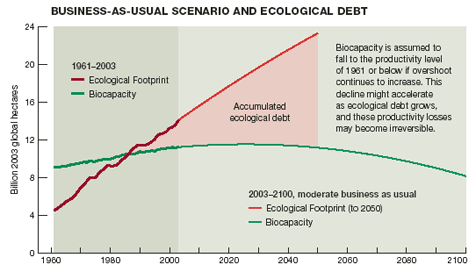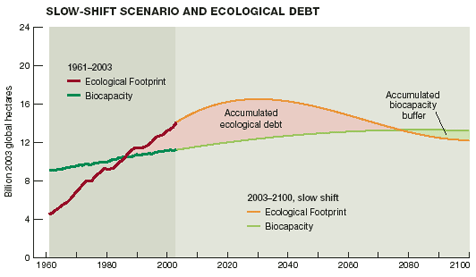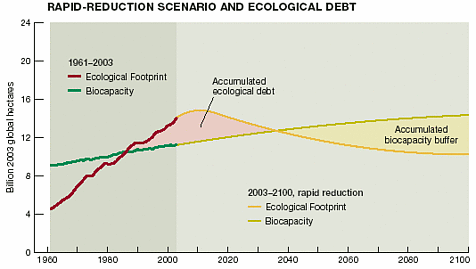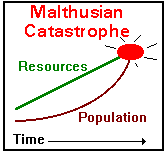
Thomas Malthus (1766-1834) was an English clergyman, whose writings on population growth had a strong influence on the theory of evolution by natural selection developed by Charles Darwin and Alfred Russel Wallace.
In An Essay on the Principle of Population (1797), Malthus observed that most organisms produce far more offspring than can possibly survive.

This essay appears right about at the time that the growth of human population starts to become exponential mostly due to the adoption of public hygiene
The principal incorrectness of the Mathusian approach, and those that follow it, lies in the belief that the waveform of growth some knows what the carrying capacity actually is. This is far from correct and never actually seen in any natural system. |
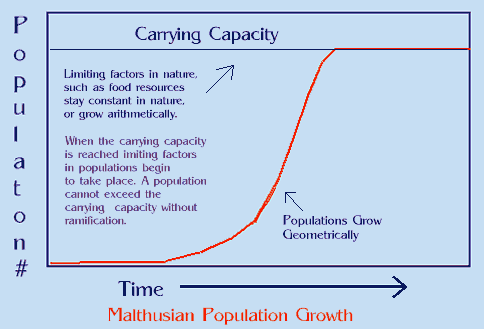 |
In real ecological systems, the so called logistic growth curve picture above is an oversimplification as most ecosystem growth is characterized by overshoot + subsequent degradation. That is, the growth will occur until some time after carrying capacity is reached and strong negative feedback will cause rapid population growth. This is see for all predator-prey relation data. Will this be the case for human growth? |
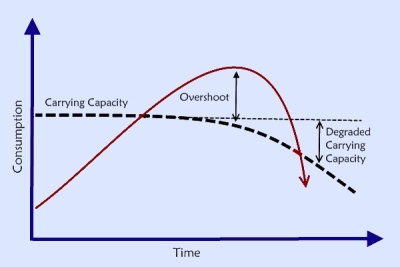 |
But its not so much about population growth, its about resource usage relative to what is available.
Today the Malthusuan Catastrophe looks like this
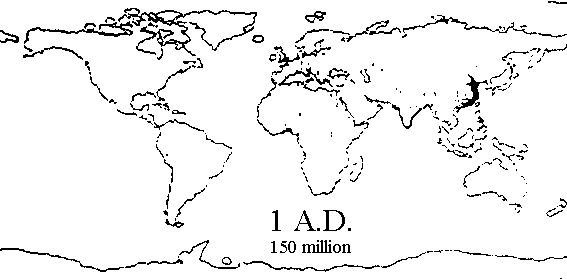
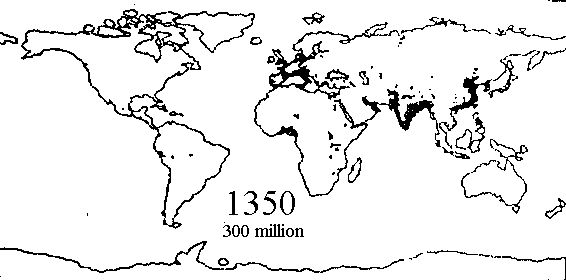
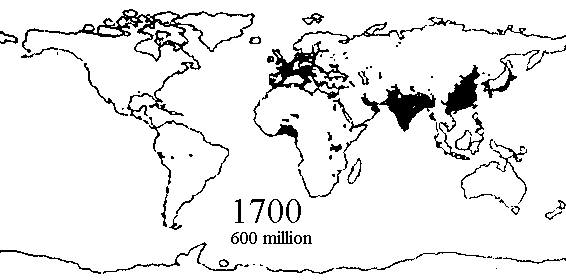
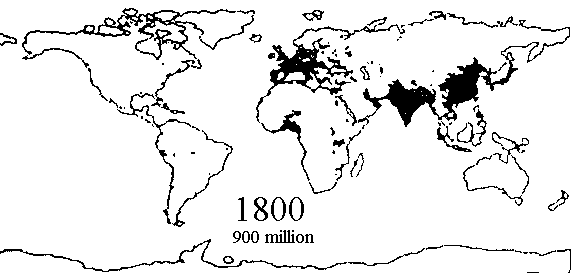
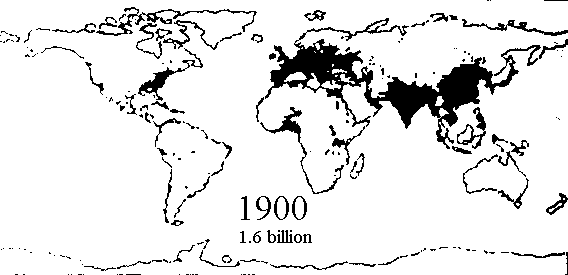

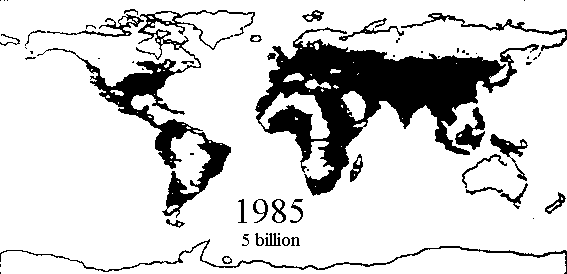
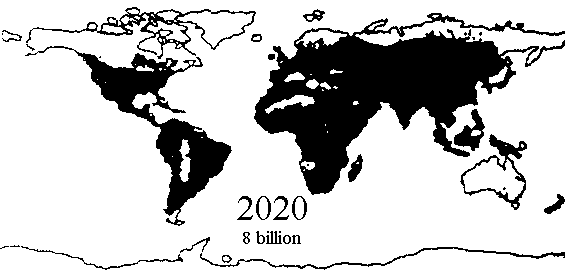
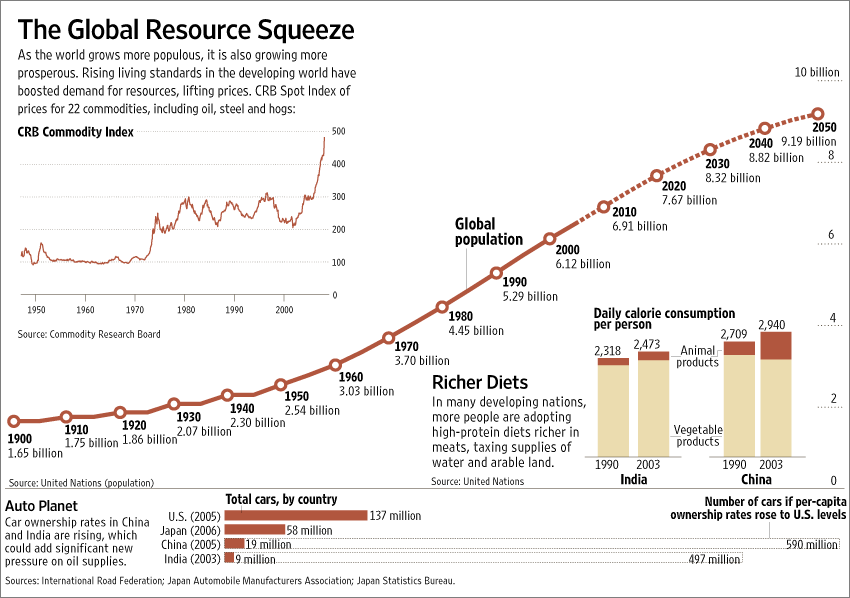
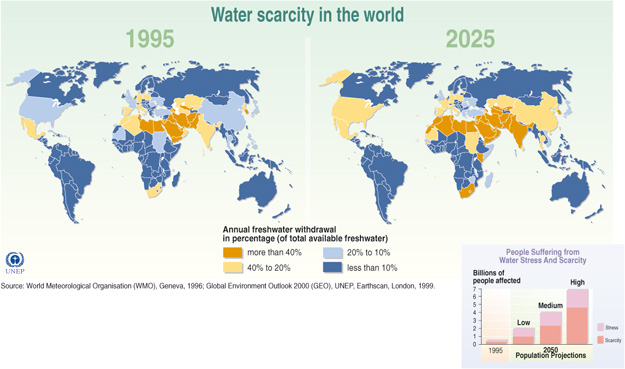
Three Choices: ( and we love Business As Usual - BAU - since we know its right and we live in Disneyland )
